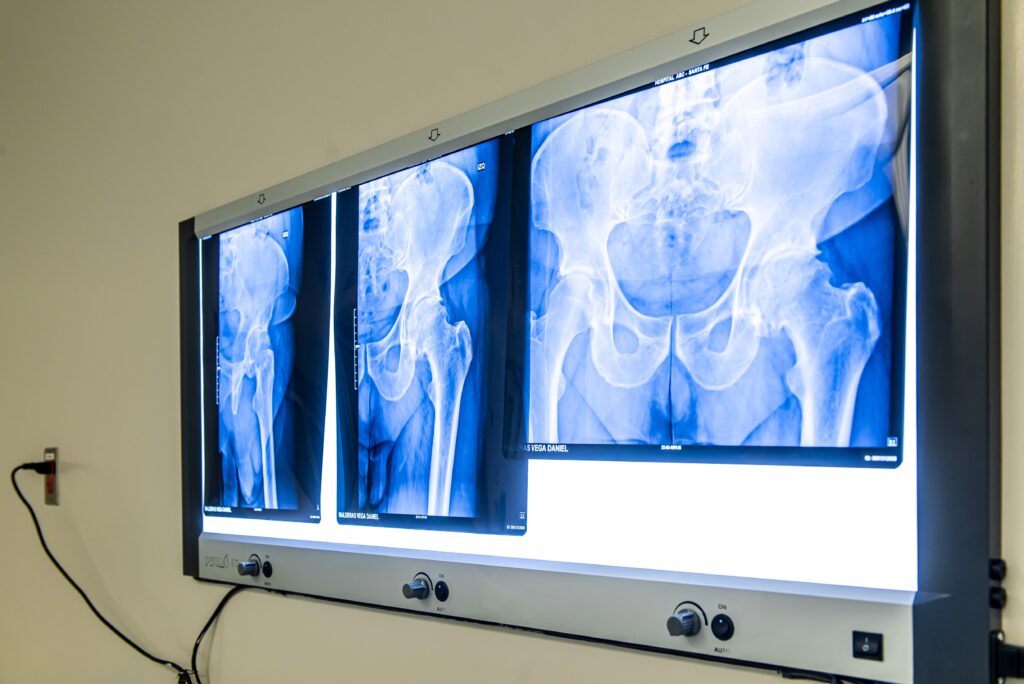Key points:
- The decision to have surgery for bone tumors will depend on each case and depending on the type of disease you have.
- For the treatment of benign tumors, orthopedists will follow the bone reconstruction principles.
- In the case of a malignant tumor, a multidisciplinary team will be involved to offer the best possible treatment.
A bone tumor is a group of rare diseases originating primarily in the bone. The uniqueness of this condition is that its appearance is less than 1% of all types of cancer. In recent years, the oncology orthopedist’s role has gained greater importance within the multidisciplinary management of this disease.
“Cases of primary bone cancer represent less than 1% of all cancer cases. In adults, cases of cancer that metastasizes to the bone by spreading from where it originated from another organ are much more common than cases that originate in the bone.”1
An orthopedist is in charge of caring for people who have a disease of the musculoskeletal system such as sprains, fractures, infections, and the presence of tumors, in the latter case it is where the subspecialty of oncological orthopedics comes into action to determine if it is a benign or malignant tumor, in the same way, they can treat metastatic bone disease and other types of lesions that, although they are not strictly tumors, behave in a very similar way and are called pseudotumors.
Like many cases in medicine, bone tumors and their treatments are different in each case depending on the type of disease, says Dr. Raúl Álvarez San Martín, specialist in oncological orthopedics at ABC Medical Center. If we are talking about a benign tumor, orthopedists will generally follow the basic principles for bone reconstruction for the limb to carry out normal activity or as normally as possible.
But when talking about a malignant tumor, the oncology orthopedist will coordinate with all the other oncology specialties to remove the tumor that affects the limb and rebuild it to provide correct functionality and, if possible, avoid amputation. Among the specialists that will intervene are those related to chemotherapy treatments, radiotherapy, reconstructive plastic surgery, vascular surgery, and oncological surgery.
Bone lesion detection can be divided into two categories:
- Incidental injury. This is detected when the patient undergoes tests for another reason such as a sprain, and when performing the x-ray something is discovered that did not bother the person; it is unknown how long they’ve had it.
- Latent lesion. Generally, they are lesions that can be seen but do not hurt and are monitored with X-rays to control their growth, without the immediate need for any surgery.
In other cases, the latent lesion will require more in-depth supervision and a biopsy. It is of great importance to seek that this be performed by specialized physicians since a poorly performed biopsy can have negative effects on treatment planning and surgery.
Dr. Álvarez says that regardless of whether a primary bone tumor is detected as a metastatic bone disease, the oncology orthopedist must assess and determine whether orthopedic surgery is needed.
At ABC Medical Center’s Cancer Center, we can provide you with specialized care. Contact us!
Fuente:
Dr. Raúl Álvarez San Martín – specialist in oncological orthopedics at ABC Medical Center.
YouTube Centro Médico ABC
American Cancer Society


